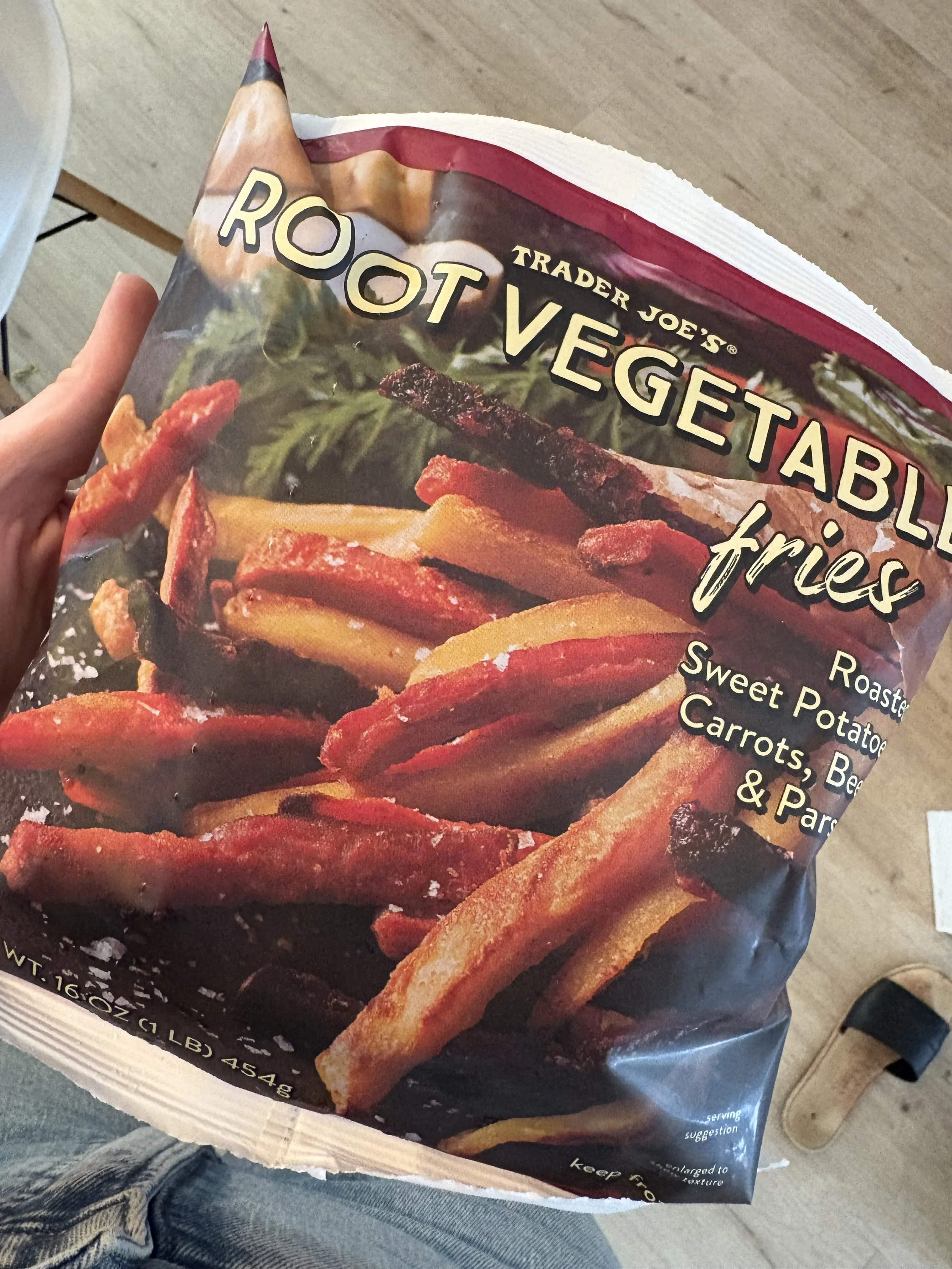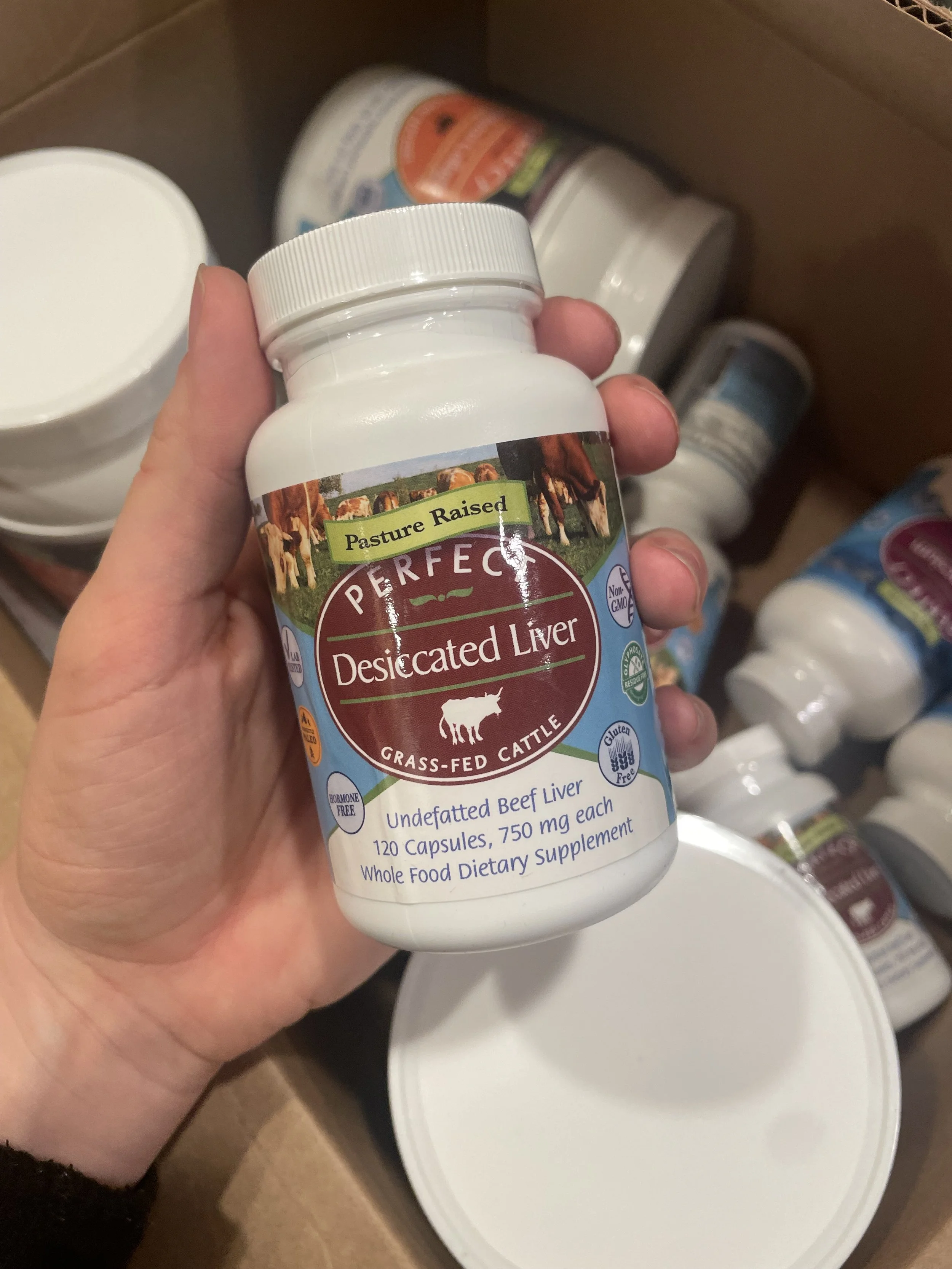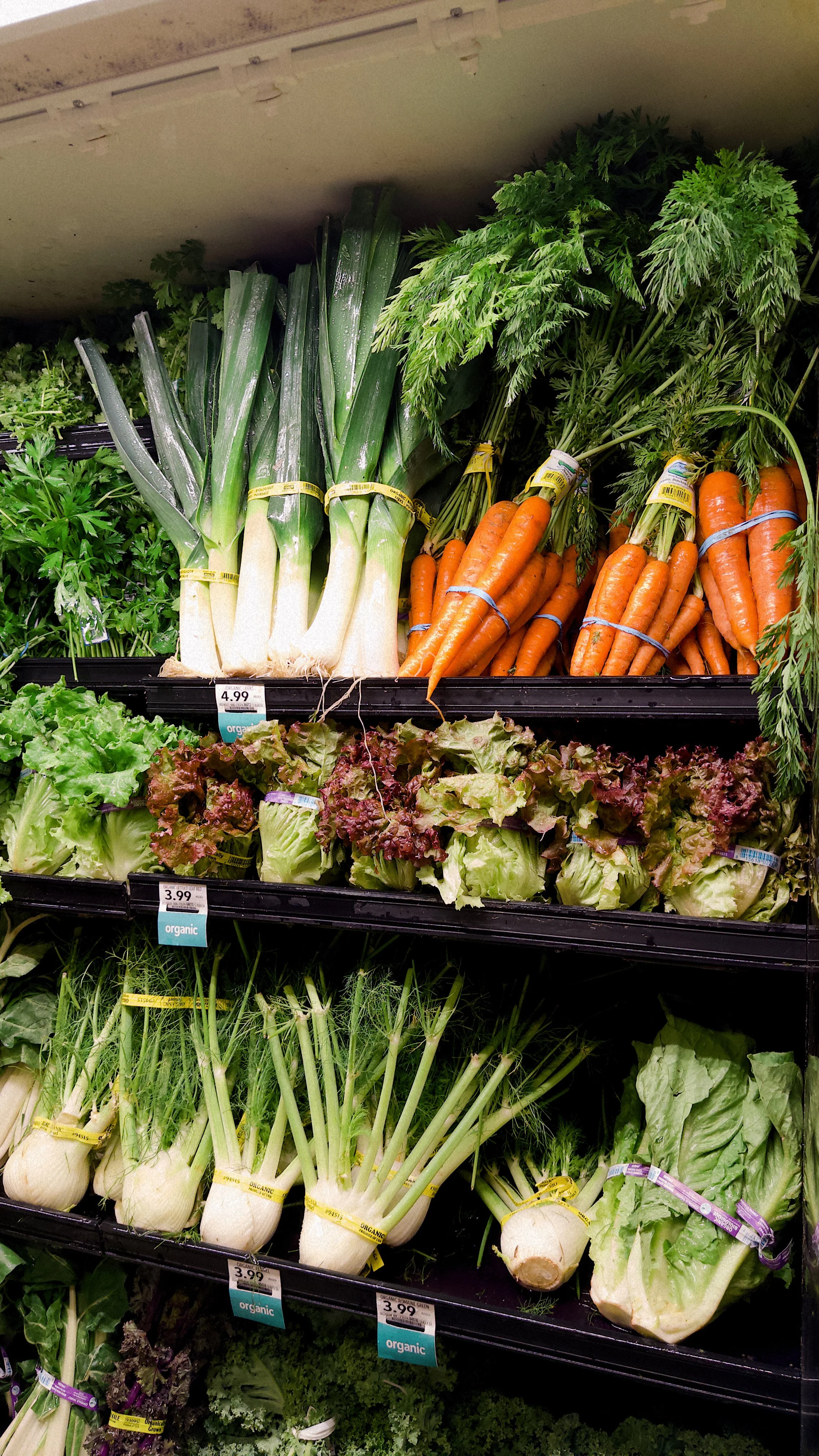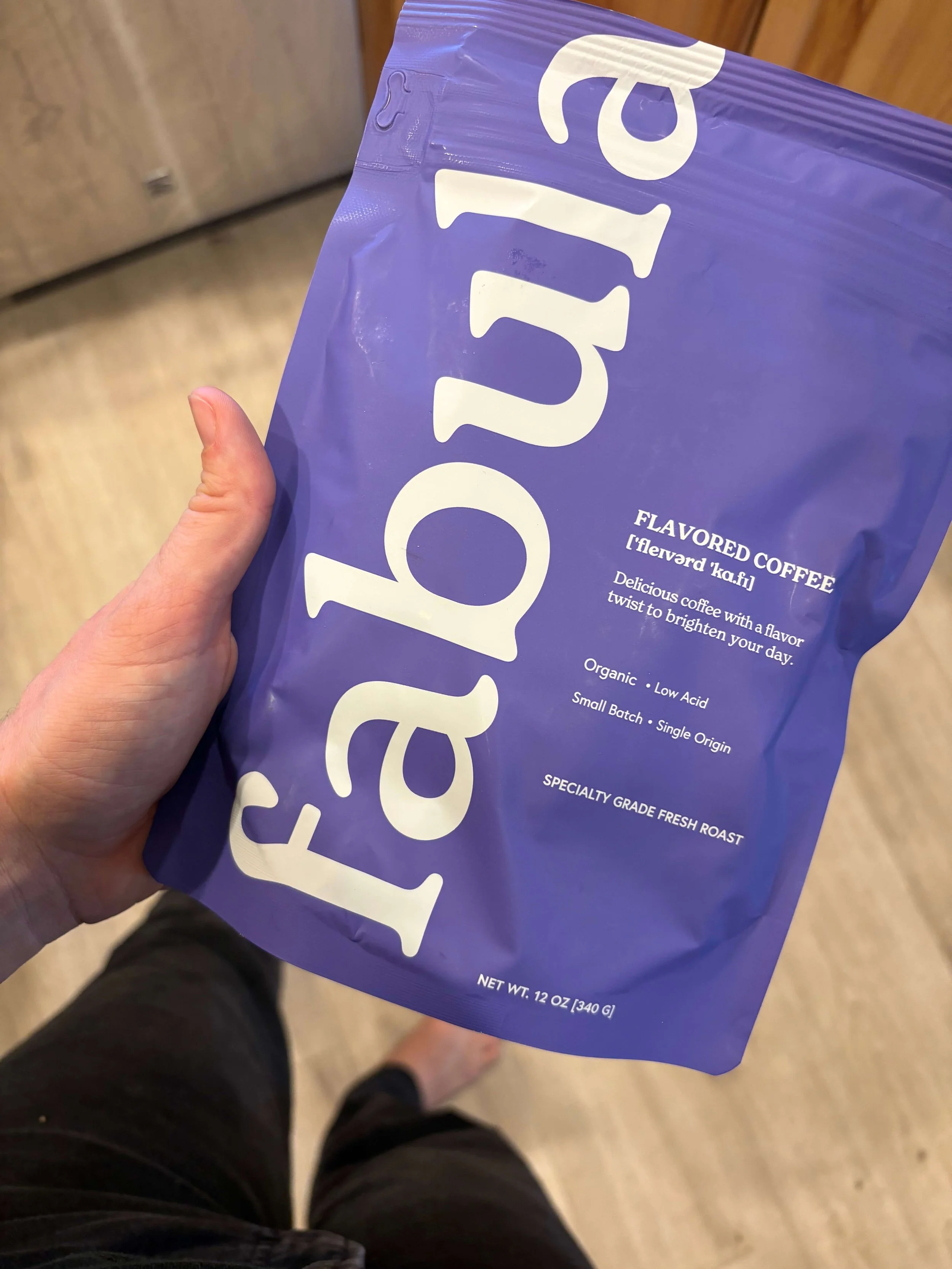My Trick for Getting Jiggly Bone Broth Every Time
Ready to make your own bone broth?
Here’s my tips to getting the perfect, jiggly batch every time.
I love a hot beverage- coffee, tea, and bone broth are pretty much my hydration staples and on a typical day I have multiple cups of each. When I was early on in my journey of trying to better my health, I began drinking bone broth to help heal my gut and increase my mineral intake. I bought bags of pre-made bone broth every time it was on sale and would keep my freezer stocked so that I always had it on hand. In the back of my mind though I knew I could easily make it but, for the sake of convenience, I just stuck with what I was doing. Plus, if i’m being honest I was pretty intimidated by the whole idea.
Health Benefits of Bone Broth
Bone broth has been made for centuries all around the world, but it has regained popularity in the last several years for its health benefits including:
high in protein - one cup of bone broth can provide you with 8-12 grams of protein depending on the brand, and how it was made
full of minerals- animal bones contain calcium, phosphorous, magnesium, potassium and other trace minerals (most people in this day and age are minerals depleted because of poor water and soil quality, which in turn makes our food less nutritious)
can improve joint health - the connective tissue of animals contains glucosamine and chondroitin
can improve skin, nail, and hair health- collagen is what gives cooled bone broth it’s jelly-like consistency, and it is what can help to slow aging, improve skin elasticity, and grow strong, healthy nails and hair
may improve sleep quality- glycine has been shown to promote relaxation, which can improve your quality of sleep at night
can help reduce gut inflammation, and promote digestion
Making Your Own
After buying pre-made bone broth for a couple years, I finally decided to make my own. I picked up a whole organic chicken from my local co-op and planned to roast it for lunches for the week. I pulled all the meat from the bones and meal prepped it, and was left with a decent sized chicken carcass.
I filled a pot with water, threw the bones in, and let it simmer for a few hours. I strained it, cooled it, and when I went to go try it out, found a big bowl of nearly clear liquid. There was no jiggly jello consistency that I was familiar with and knew was a sign of collagen-rich broth.
So, like any millennial faced with a problem, I searched Pinterest for a solution…
Turns out I missed a couple pointers.
First, I added way too much water for the carcass I had. And I didn’t leave it on the stove near long enough to allow all the bones and cartilage to break down. And apparently adding apple cider vinegar helps the break down process?
So, I went back to my store bought bone broth and figured I would try again eventually.
The next go round I was a little better prepared. I had found a list somewhere online of different animal parts that have the most cartilage and produce the most gelatinous bone broth.
On the list? Chicken feet.
If you grew up in a culture where you never ate or cooked with “different” cuts of meat this may sound crazy, but there are cultures all over the world that prioritize “nose to tail” eating and get great health benefits from doing so.
Nose to Tail Eating
This simply means eating all that you can from an animal- organs, fat, skin, muscle, and fattier cuts of meat. Over the years, western cultures have moved away from nose to tail eating- instead opting for lean muscle cuts of meat.
This practice is more sustainable for animal consumption because you have less waste, and it also provides more varied nutrients for your body. Western cultures typically eat lean muscle meats, and forego the cuts that are more fatty, or have lots of connective tissue (like chicken feet). This creates a huge gap in the nutrients we are consuming from animals, and where bone broth can come in and help balance your amino acid consumption.
Growing up, there was a short time my family lived with my grandparents. My step grandma is Vietnamese and a phenomenal cook, and would often cook up chicken feet so I was already pretty familiar with them. If you haven’t bought chicken feet before, you can often find them at your local Asian market. I have also occasionally found a package of organic chicken feet in the freezer aisle at Whole Foods. If you can’t find them at your grocery stores, I would reach out to a local farm that raises chickens sustainably and see if you can purchase straight from them.
Chicken feet are full of skin, cartilage, and connective tissues that break down when boiled and give you a rich, collagen-filled broth, making it an awesome way to ensure that your batch is nice and jiggly!
(chicken feet are also really affordable, so it’s a cost effective addition too)
Bone Broth Recipe
bones (prioritize grass-fed, pasture-raised animals)
1-2 pounds of chicken feet
vegetables (carrots, celery, and kale are some of my favorites to add)
aromatics (onion, herbs, garlic, ginger, etc.)
spices
apple cider vinegar (this will help to break down the cartilage tissue)
Throw all of this into a large pot, instant pot, or crock pot and fill with water until the ingredients are just covered.
If cooking on the stove or crock pot, cook on low for 8-12 hours or until the contents have reduced in size by half. I have simmered bones for upwards of 24 hours before if they seemed to not be broken down fully.
If using an instant pot, pressure cook on high for 3-4 hours and let the pressure release naturally.
Then strain through cheesecloth (you can also use a fine colander, but I don’t like sediment in the bottom) and store in the fridge. Once cooled, the extra fat will harden on the top and the golden color jelly will be beneath. I usually skim off the extra fat on top and use this to cook with.
The bone broth can stay in the fridge for up to a week, or you can store it in the fridge for several months.
This really isn’t a set recipe, more just a guideline of the basics to incorporate and then there are limitless variations you can make! (And if all of that fails and your batch still seems a bit thin, you can always sprinkle in some high-quality gelatin powder. We love the brand perfect supplements for both collagen and gelatin. They even have a bone broth powder that is even more fool proof 😅)
I’d love to hear from you- what is your favorite trick to making bone broth?
-Kaelyn














For those of you following my gray hair grow-out journey— here are the latest results from my gray blending appointment at the salon!